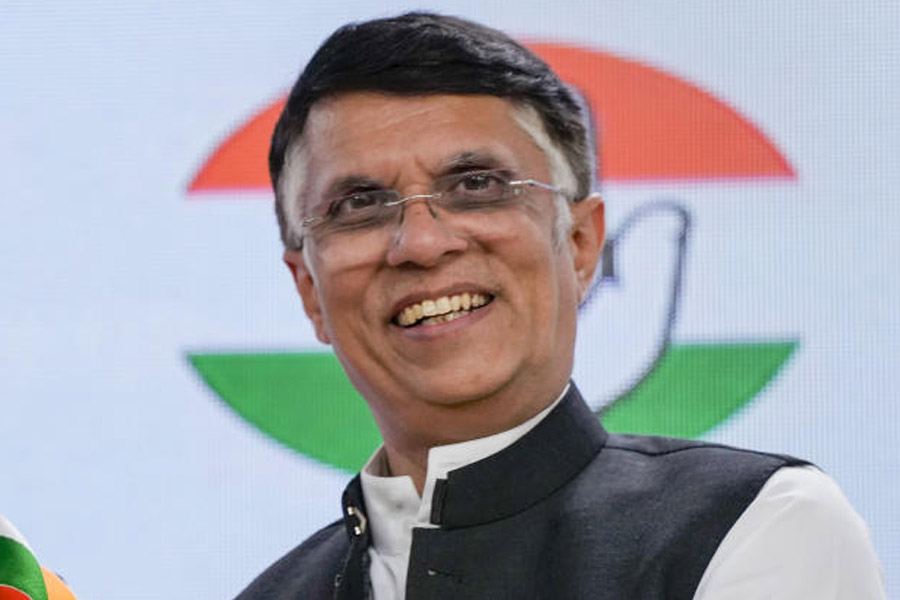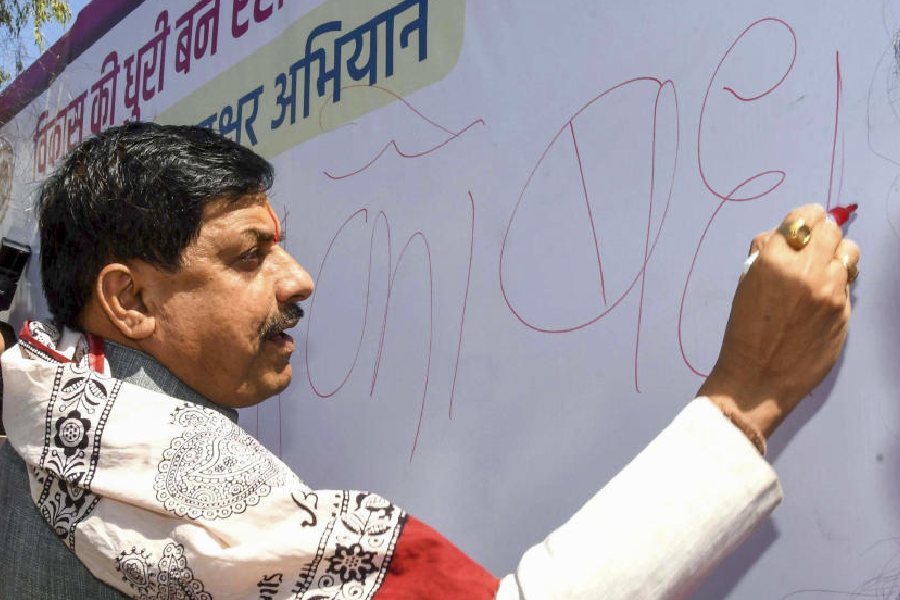Tulsidas’s Ramcharitmanas has earned a place in Unesco’s Memory of the World Programme Asia and Pacific Regional Register alongside the Panchatantra and the Sahrdayaloka-Locana. The verses of the Ramcharitmanas have resonated with millions over centuries, offering spiritual solace and moral guidance. The Panchatantra, attributed to the ancient sage, Vishnu Sharma, is a timeless source of wisdom and morality. Through its captivating fables and keen observations on human nature, the Panchatantra continues to impart valuable life lessons to readers.
Tulsidas wrote the Ramcharitmanas in 1577. Its underlying themes of love, duty, and righteousness have been reinterpreted across various forms, including theatrical adaptations, sculptures, and murals. Modern Indian writers have reimagined the Ramcharitmanas in their own unique styles, often incorporating contemporary themes and issues. Additionally, the Ramcharitmanas has been creatively reimagined in graphic novels and comic-book formats, offering a fresh and an accessible approach to its ideas and characters. These adaptations underscore the enduring impact of the Ramcharitmanas on contemporary Indian literature and culture.
Rooted in the principles of niti and dharma, the Panchatantra’s engaging fables and astute observations on human nature continue to impart valuable lessons. Notably, its influence extends far beyond the boundaries of India. It has been translated into over 50 languages, indicating its global significance. The Panchatantra, which shares its traits with other literary works due to its extensive translations, has influenced storytelling traditions in the Middle East too. The Panchatantra has various names in Asia. The earliest known translation into Middle Persian was done by Burzoe in the Pahlavi language alongside a Syrian translation known as Kalilag Damnag. Similarly, in Arabic, we find the Kalila wa Dimnah. It also influenced European literature, notably Jean La Fontaine’s fables. Despite transformations in these retellings, its Indian roots remain distinguishable. The Panchatantra’s enduring legacy lies in its ability to impart ethical values and practical wisdom through engaging narratives by animal characters.
Authored by Anandavardhana in the ninth century, the Sahrdayaloka focuses on dhvani (evoked meaning), revolutionising the understanding of poetry’s inner secrets. This text prompted a re-examination of various poetic components and initiated the Dhvani school of thought, altering premodern aesthetics and extending Bharata Muni’s rasa theory to poetry. Recent interest in Anandavardhana’s theories has surged among literary critics and Indologists.
The recognition of texts like the Sahrdayaloka-Locana underscores the importance of ancient Indian aesthetics and literary contributions, highlighting the depth and the richness of India’s cultural heritage. In a world where diversity and cultural exchange are celebrated, Unesco’s acknowledgement of these literary treasures signifies the importance of preserving and promoting our shared cultural heritage. The inclusion is a proud moment for India. It signifies a step forward in global cultural preservation efforts, highlighting the importance of safeguarding diverse narratives and artistic expressions that shape our shared humanity.











